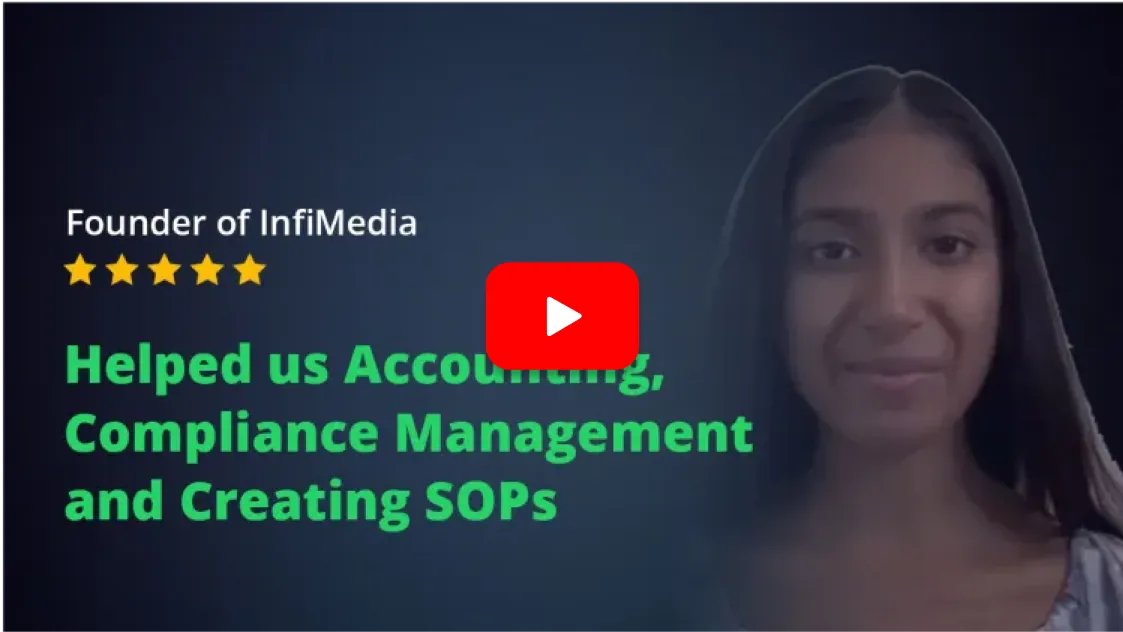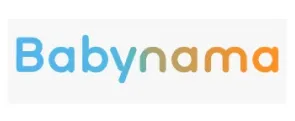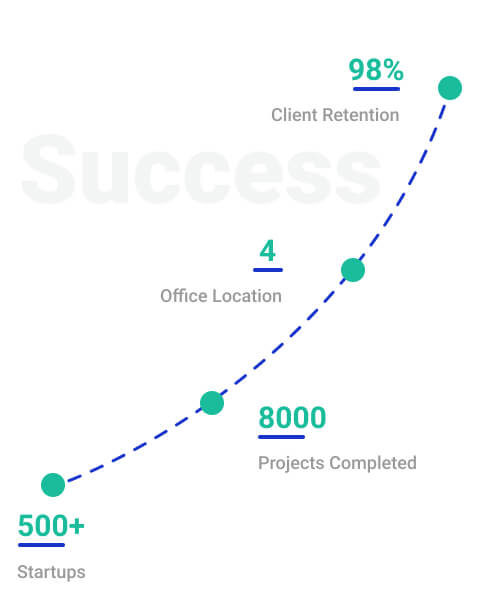The ESIC scheme is a compulsory contributory fund which helps in supplementing retirement benefits to the employee against financial crisis caused by sickness, disablement because of employment injuries or death etc. This scheme contributes 4% of workers salary where the worker contributes 0.75% of his/her income and the employer contributes 3.25%.
At the time of contingency, assistance is given to the insured employee by ESIC. ESIC requires numerous Compliances under ESI Act, 1948. These are compulsory compliances that must be complied timely as per the applicable ESIC Provisions. In violation of the stated fines and penalties are imposed against the organisation.
Advantages of ESIC Compliances
The main advantages of PF ESI statutory compliance are as follows:
|
Advantages of PF and ESI Compliance Services
|
Description
|
|
Medical Care Benefits
|
- Workers and their families enrolled under ESI Registration receive medical care and insurance benefits upon starting employment under Section 57 of the Act.
|
|
Maternity Benefits
|
- Pregnant females receive maternity benefits for up to 26 weeks with a 30-day extension on medical recommendation.
- Employers must contribute 70 days of wages in the two last contribution periods to qualify.
- Maternity benefits include:
- Confinement benefits for twelve weeks (Form 21 and 23).
- Miscarriage or medical termination of pregnancy benefits for six weeks from the date of miscarriage.
- One month's benefits for sickness caused by premature birth or pregnancy (Forms 8, 9 & 10).
- Benefits for childbirth death under Form 24.
|
|
Disability Benefits
|
- Employees experiencing permanent or temporary disablement due to unplanned events receive certain benefits.
- Disabled workers receive 90% of their monthly income as disablement benefits.
|
|
Sickness Allowance
|
- ESI members can take up to 91 days of sick leave per year, covering 70% of their monthly wage during illness-related absence.
|
|
Dependent Benefits
|
- In case of a worker's death during employment, their dependents receive 90% of the employee's monthly income.
|
|
Funeral Expenses
|
- The family of the deceased employee receives an additional Rs. 10,000 towards funeral costs.
|
|
Expenses for Confinement
|
- Insured females or employees' wives confined in areas without healthcare facilities under the ESI scheme can claim confinement expenses.
|
|
Vocational Rehabilitation
|
- Permanently physically challenged insured workers can receive vocational rehabilitation training at VRS (Vocational Rehabilitation Centre).
|
|
Physical Rehabilitation
|
- Employees becoming physically disabled due to employment injury or occupational hazards may claim physical rehabilitation benefits.
|
|
Old Age Medical Care
|
- Retiring ESI workers or those opting for VRS (Voluntary Retirement Scheme) / ERS (Early Retirement Scheme) receive annual medical care benefits.
|
|
Extended Sickness Benefit
|
- ESI participants with chronic diseases can take extended sick leave for up to 2 years after the standard 91 days of sick leave has expired.
|
|
Enhanced Sickness Benefits
|
- Registered ESI members willing to undergo sterilisation receive enhanced sickness benefits equivalent to 100% of their daily average wages.
|
Applicability of Returns
ESI and PF return filing involves these forms:
Forms Filled by Employer
These include:
|
Form
|
Purpose
|
Frequency
|
Timeframe
|
|
FORM 01
|
Employers Registration Form
|
Within 15 days
|
Registration
|
|
FORM 3
|
Return of Declaration Forms
|
Monthly
|
Monthly
|
|
FORM 5
|
Return of Contributions
|
Half Yearly
|
Every Six Months
|
|
FORM 6
|
Register of Employees
|
Initially; Update through Portal anytime
|
At Registration; As needed
|
|
FORM 11
|
Accident Register
|
Record Personal Injury to an IP
|
As required
|
|
FORM 12
|
Accident Report
|
Submit within 24 hours of Casualty
|
Within 24 Hours of Incident
|
Forms Filed by Employee
These include:
|
Form
|
Description
|
Deadline
|
|
FORM 1
|
Declaration Form
|
Within 10 days
|
|
FORM 1A
|
Family Declaration Form
|
Within 15 days
|
|
FORM 9
|
Sickness, T.D.B. & Maternity Benefit
|
Submit without delay to Branch Office
|
|
FORM 14
|
Permanent Disablement Benefit
|
Declared as permanently disabled
|
|
FORM 15
|
Dependent Benefit
|
Certified by Gazetted officer
|
|
FORM 20
|
Maternity Benefit after the death of IP
|
Submit Certificate in Form 24-B within 30 days of IP’s death
|
|
FORM 22
|
Funeral Expenses
|
Nominee or eldest member can claim
|
|
FORM 72
|
Duplicate ESIC Smart Card
|
Applied when Card is lost or Defaced
|
PF and ESI Compliance - Applicability and Coverage
The applicability of PF ESIC compliance involves:
|
Entities Covered by ESI Scheme
|
Requirements
|
|
Employed ten or more workers during the prior year
|
Must obtain ESIC Registration
|
|
Insurance Deductions
|
Only applicable if monthly earnings exceed Rs. 21,000 (Basic wages + Dearness Allowance) or Rs. 25,000/- for Persons with Disability
|
|
ESIC Coverage Mandate
|
Required for entities with at least twenty workers in certain states
|
|
ESIC Compliances
|
Provide covered employees access to dispensaries, hospitals, and medical clinics
|
|
ESI Registration Certificate
|
Must be obtained within fifteen days of becoming applicable
|
|
ESIC Regulations
|
Rules and provisions may differ between states
|
Eligibility for ESI Registration and ESIC Compliances
These entities are eligible for ESI registration and compliance in India:
- Shops: Retail or wholesale shops fall under ESIC compliances, subject to state-mandated employee thresholds.
- Cinemas/Movie Theatres: Entertainment establishments like cinemas adhere to ESIC regulations, meeting employee criteria for coverage.
- Health Institutions: Hospitals, clinics, and healthcare centres can obtain ESIC compliances, following state ESI Act criteria.
- Hotels & Restaurants: Hotels and restaurants offering services (without manufacturing) are eligible for ESI registration and compliances.
- Newspaper Establishments: ESIC compliances extend to newspaper establishments, requiring adherence to employee count requirements.
- Private Educational Institutions/Colleges: Private schools and colleges may qualify for ESIC compliances, contingent on state-specific regulations.
- Roadside Motor Transport Establishments: ESIC covers roadside motor transport establishments, provided they meet minimum employee thresholds.
Note: Restaurants and hotels must not engage in manufacturing activities. Certain states exclude medical, educational institutes from ESI coverage, and newspaper establishments from the Factory Act.
- ESI Registration Rule: The ten or more worker rule applies for ESI registration and compliances. Some regions enforce ESI only if the workforce exceeds twenty.
ESI Contribution
The ESI contribution is of 4% of the gross salary for FY 2024 and is comprised as follows:
|
Contribution
|
Percentage
|
|
Employer
|
3.25%
|
|
Employee
|
0.75%
|
Also, employees earning up to Rs. 137 per day on average are not eligible for contribution.
- Registration Certificates:
- Factories Act or Shops and Establishment Act registration certificate.
- Business Entity Details:
- Company: Certificate of Registration.
- Partnership: Partnership deed.
- Memorandum of Association and Articles of Association (for Company).
- PAN Card for Business Entity and all Employees.
- Copy of the Board Resolution.
- List of Directors and Shareholders.
- Statement of Bank.
- Licence issued for the Establishment.
- Electricity Bill copy.
- Rent/Lease Agreement copy.
- Attendance register for employees.
- Cancelled cheque of Company's Bank Account.
- Compensation details for all employees.
How to Apply for an ESI Card (e-Pehchan Card) in India?
These are the steps to apply for an ESI card:
Step 1:
- Login into ESIC Portal.
- Log in making use of the ESIC site using your username and password.
Step 2:
- Access e-Pehchan Card Section.
- Log in and go to the 'Employee' section on the new page.
- Click' e-Pehchan Card' to begin application.
Step 3:
- View Unit Details.
- Select the appropriate unit specifics and click' View' to look at employee info.
Step 4: Look for Employee Details.
- Go on the web page with the employee details.
- View all employees' info.
- Enter the specific employee's insurance number and name to narrow the search.
Step 5: Generate e-Pehchan Card.
- For that employee, click' View Counter Foil' to create the e-Pehchan card.
- The Counter Foil will be the e-Pehchan card of the employee.
Step 6:
- Download e-Pehchan Card.
- From there, choose 'Print' to download the e-Pehchan card as a PDF file.
Step 7: Attestation & Family Details.
- The employee must sign and paste the photographs of family members or dependents onto the e-Pehchan card printout.
- Be sure the photos are employer or ESIC official attested and stamped.
Step 8: Employer/ESIC Office Verification
- Grab the employer or ESIC office signature and stamp on the e-Pehchan card to complete the verification.
Procedure for ESI Registration
The procedure for ESI registration in India is as given below:
|
Step
|
Description
|
|
1. Login
|
Login into ESIC Portal. Go to ESIC portal and click the 'Sign Up' button under the 'Employer Login' option on the home screen and enter the required details.
|
|
2. Confirmation Mail.
|
You are going to get a confirmation mail on your registered email ID along with mobile phone after submitting the form. The mail will include the username and password information for employer and worker registration under the ESI scheme.
|
|
3. Employer Registration Form-1.
|
Log in to the ESIC portal and select 'New Employer Registration' from the page options and 'Type of Unit' from the drop-down list. Complete the 'Employer Registration - Form 1' with information regarding the unit, employer & staff.
|
|
4. Payment for Registration.
|
After submitting the Employer Registration Form-1, the 'Payment of Advance Contribution' page will open. Pay advance contribution for 6 months.
|
|
5. Registration Letter.
|
The system will produce a Registration Letter (C-11) upon successful payment of the six months' advance contribution. The Registration Letter includes a 17-digit Registration Number assigned by the ESIC department. The registration Letter (C-11) constitutes evidence of employer Registration under the ESI scheme.
|
What are the ESIC Compliances?
Given below are the list of ESI PF compliances to be followed after ESI registration online:
|
PF ESIC Compliances/Returns
|
Description
|
|
ESI Registration Status
|
Upon successful registration under the Employees' State Insurance Act of 1948, the company's ESI registration status becomes active.
|
|
Dormant Registration Option
|
Companies not immediately subject to the ESI Act can opt to make their registration number dormant within 6 months to avoid penalties for non-compliance.
|
|
Extension of Dormant Status
|
To prolong dormant status, companies must log in to the ESI website before 180 days elapse from the start of the dormant period.
|
|
Employee Attendance Register
|
Maintaining and submitting a record of employee attendance is mandatory as part of the ESI returns.
|
|
Form 6 Register
|
Form 6 register, containing details of the company's employees, must be prepared and submitted accordingly.
|
|
Wages Register
|
A register detailing employee wages and salary information must be filed along with the returns.
|
|
Accidents Register
|
An accidents register must be maintained to document any incidents or accidents occurring on the business premises.
|
|
Monthly Returns and Challans
|
Accurate preparation and filing of monthly returns and challans related to ESI contributions are essential ESI registration compliances.
|
Other Miscellaneous ESIC Compliances
Some other PF ESI statutory compliances include:
|
Compliance
|
Description
|
|
Attendance Register
|
Maintain a record of employees' attendance.
|
|
Register of Wages
|
Maintain a complete record of wages paid to workers.
|
|
Inspection Book
|
Keep a record of inspections conducted on the premises.
|
|
Monthly Return and Challan
|
Submit monthly returns and challans by the 15th day of the following month.
|
Why Choose StartupFino for ESIC Compliances?
StartupFino is an enterprise which focuses on offering complete services for ESIC Compliances. We can help with advice at the beginning, through to ensuring you meet all the requirements and maintaining your organisation in legal good standing.































































